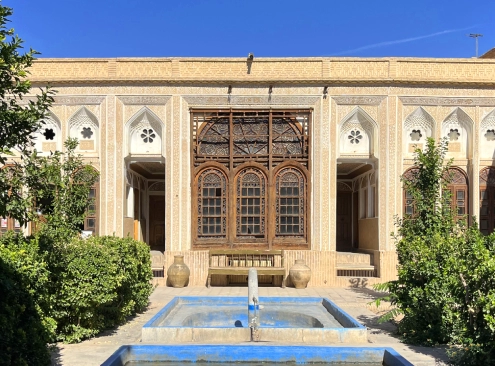
Yazd Water Museum (History, Tickets, Location, Photos)
/
0 Comments
Welcome to the Yazd Water Museum. A place where the past speaks…
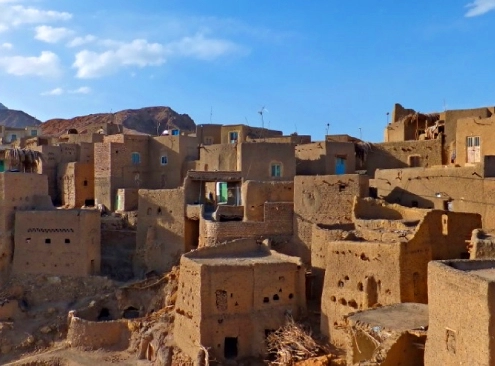
Nay Band Village, Iran (History, Things to Do, Photos)
Nay Band Village is like a secret gem right in the middle of…

Jameh Mosque of Hamedan (History, Architecture, Location)
Located in the heart of Iran's historic city of Hamedan stands…

Achaemenid Empire (Map, Flag, Pronunciation, Facts)
The Achaemenid Empire was one of the ancient Iranian dynasties…

Monar Jonban, Isfahan (History, Age, Reviews, Photos)
In the heart of Isfahan, lies an architectural wonder known as…

Jameh Mosque of Yazd (History, Architecture, Photos)
The Jameh Mosque of Yazd is situated in the center of Yazd, Iran.…
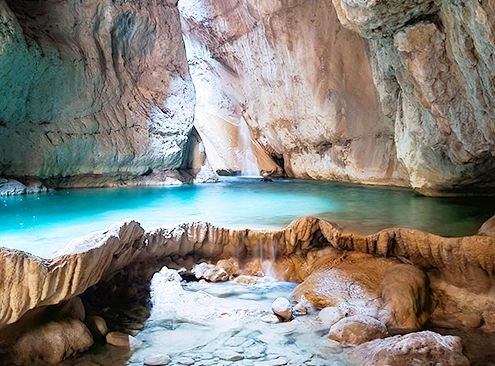
Raghez Canyon in Fars Province (Location, Hike, Tour, Map)
Raghez Canyon is among the best tourist attraction sites for…

Top 10 Iranian Actors of All Time
Iran has a rich history of cinema that has been greatly influenced…

Fath abad Garden, Kerman (History, Reviews, Photos)
“A garden among the flames!” Famous Iranian poet Saadi Shirazi…

Falak-ol-Aflak Castle (Shapur Khast): History, Photos
In the heart of the city of Khorram Abad stands Falak-ol-Aflak,…
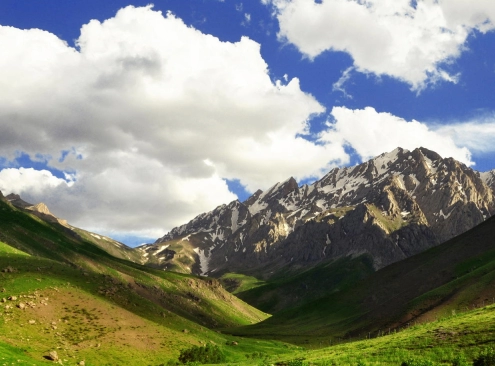
Oshtorankuh, Lorestan (Age, Location, Map, Photos)
Oshtorankuh is a magnificent mountain range that is revered for…

Keshit Waterfall, Kerman, Iran (Location, Facts, Photos)
Located in the historical city of Kerman is the renowned Keshit…
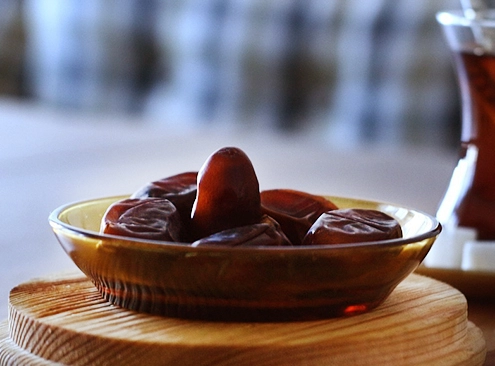
Everything About Iftar During Ramadan
Have you ever heard of Iftar? When the sun goes down, it's Iftar…
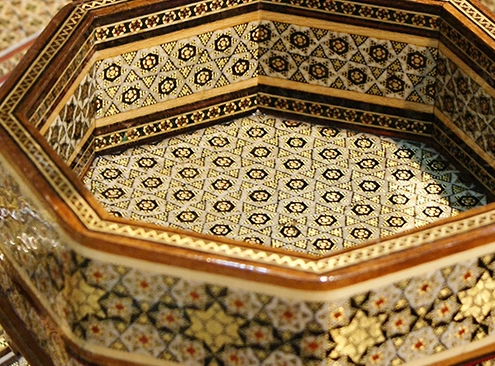
Khatam Kari (Marquetry): Meaning, History, Technique
Khatam Kari (Marquetry) is a noble art that is used to decorate…

Best Places to Visit in Iran
Iran, a place of mesmerizing diversity, has a rich tapestry of…
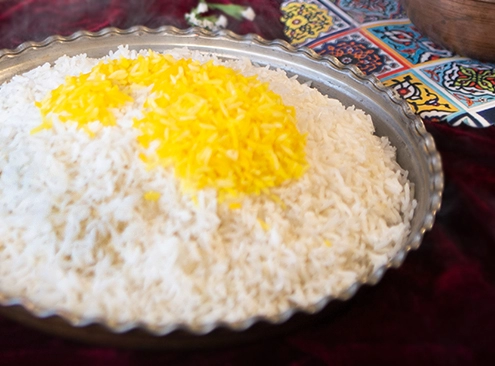
Top 10 Persian Rice Dishes You Should Try!
Persian foods have always been a lovely part of Iranian culture.…
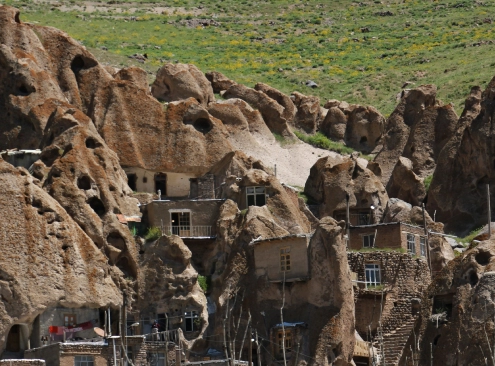
Kandovan Village (Cave Houses, History, Weather, Facts)
Within the rugged landscapes of northwestern Iran lies the enchanting…

Top 10 Persian Side Dishes
Do you know about the famous Iranian side dishes? Iranians have…


